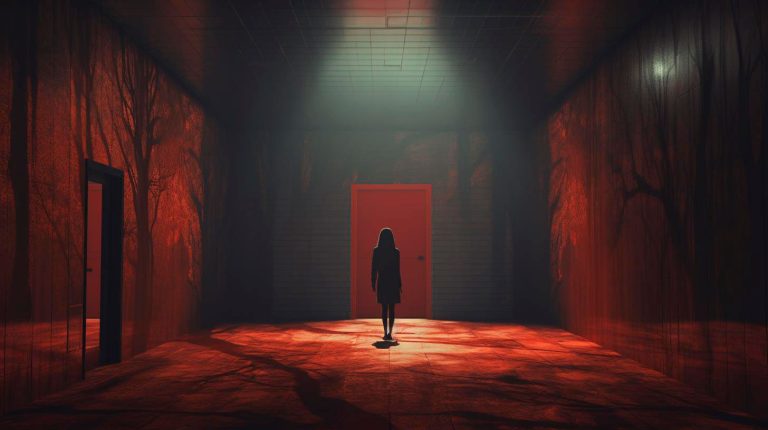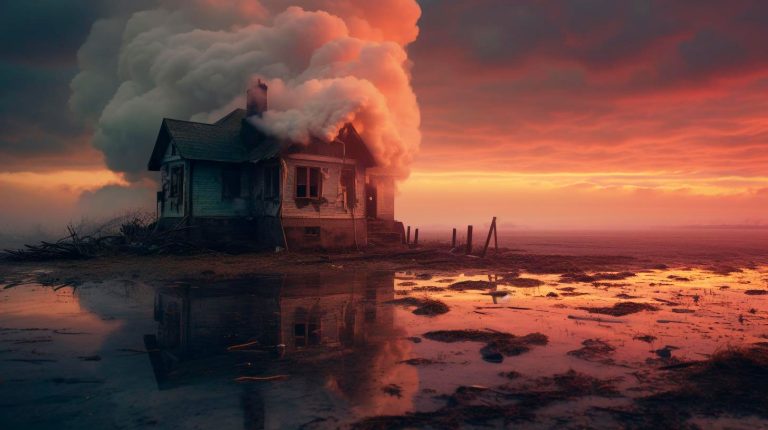In this article, we’ll guide you through the process of transforming your food photography from amateurish snapshots to professional-grade images that will leave your audience craving for more.
Lighting: The Secret Ingredient
When it comes to photography, lighting is the key element that can make or break your shot, and food photography is no exception. Proper lighting helps to enhance colors, texture, and details, creating an enticing visual feast. Consider the following tips:
- Utilize natural light: Make the most of natural light sources, such as windows, to create soft and diffused lighting.
- Diffuse harsh light: If you’re shooting on a sunny day, use sheer curtains, white umbrellas, or lightboxes to soften the harsh light.
- Experiment with artificial lighting: Invest in a good quality artificial lighting setup, like a ring light or a softbox, to have control over the intensity and direction of light.
Composition: Arranging a Visual Symphony
The art of composition plays a pivotal role in food photography. It’s about telling a story and guiding your viewer’s eye through the image. Consider the following tips:
- Rule of thirds: Imagine a tic-tac-toe grid over your frame and position key elements at the intersecting points for a visually pleasing composition.
- Create depth: Use props, such as plates, cutlery, and napkins, to add layers and depth to your composition.
- Consider the angle: Experiment with different angles like overhead, 45-degree, or eye-level shots to find the most appealing perspective.
Styling: Putting the Cherry on Top
Food styling is all about making the dish look its absolute best, enticing your audience to grab a fork and dig in. Here are a few essential styling tips:
- Freshness matters: Use fresh ingredients and garnishes to enhance the appeal and color palette of your dish.
- Keep it simple: Don’t overcrowd the frame with excessive props or clutter. Let the food be the hero of your shot.
- Play with textures: Incorporate contrasting textures to add visual interest. For example, pair a creamy dessert with a crunchy topping.
Editing: Polishing Your Masterpiece
Even professional photographers rely on post-processing to fine-tune their images. Editing allows you to enhance colors, adjust lighting, and bring out the details you want to highlight. Consider the following editing tips:
- Choose the right software: Adobe Lightroom and Photoshop are widely used by professionals, but there are also free options like GIMP or Pixlr.
- Adjust exposure and white balance: Fine-tune the overall brightness, contrast, and color temperature of your image to achieve the desired look.
- Sharpen selectively: Use sharpening tools to enhance the details of the food while keeping the other elements soft and natural.
Conclusion
Becoming a pro in food photography is a journey that requires practice, experimentation, and an eye for detail. By mastering lighting, composition, styling, and editing techniques, you’ll be able to capture stunning images that not only make your audience drool but also convey the story behind the dish. Remember, every meal has its unique beauty, and it’s your job as a food photographer to bring it to life.
So, embrace your inner boss and start creating enticing food photographs that will make your followers crave a seat at your table!




















+ There are no comments
Add yours